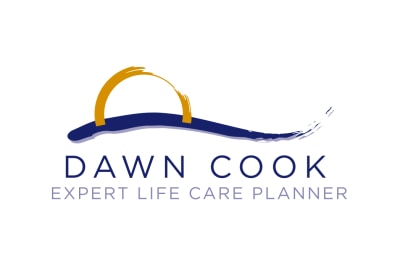Spinal Cord Stimulator: What to Expect in Medical Bills
The spinal cord stimulator (SCS) is used for several painful conditions including: failed back syndrome, complex regional pain syndrome and other chronic pain conditions. It has been used for over 40 years and is often considered after other methods of pain relief have failed, for example, surgery, medications and injection therapy. The SCS is sometimes also called neuromodulation because a low voltage electric current is used right next to the spinal cord to block the sensation of pain.
The SCS is a two-step process and starts with a pain management physician. After determining that a SCS would be a good option for the patient, the pain management physician will schedule a pre-procedure visit to determine suitability. Billing will include one or two office visits.
The first step of this two-step process is a temporary or trial SCS, done in an out-patient procedure facility. The pain management physician will insert a temporary SCS through the skin in the back or neck, connected to an outside power source and will adjust the stimulator. Approximately five to seven days later, the patient will return to the office to discuss the amount of pain relief obtained. The temporary SCS is removed in the office. Billing will include: the physician’s fee, sedation/anesthesia and a facility fee, then a follow-up bill for the physician’s follow-up visit.
If a decision is made to proceed with a permanently implanted SCS, then they will proceed to step-two, the patient will see a spine surgeon who will get pre-operative testing and clearance from their primary care provider and will be the one to perform the actual surgery. Billing includes: the surgeon office visit, possibly an x-ray and a primary care physician office visit, labs, EKG and chest x-ray.
For the implantation, there will be bills for the facility, surgeon, anesthesia and the implanted electrodes and pulse generator.
The patient will need to see the pain management physician regularly to monitor and adjust the SCS as needed to achieve optimal pain relief.
Depending on the brand and model, the pulse generator will need replacing every 6-10 years, and this will include a visit with the surgeon, pre-operative testing and clearance with their primary care provider, then charges for facility, surgeon, anesthesia and the pulse generator.
References:
American Association of Neurological Surgeons. (n.d). Spinal Cord Stimulation. Retrieved from https://www.aans.org/Patients/Neurosurgical-Conditions-and-Treatments/Spinal-Cord-Stimulation
Dr. Chapman (The Spine & Pain Institute of New York). (05/24/17). Spinal Cord Stimulator Trial. Retrieved from http://www.easybib.com/guides/citation-guides/apa-format/youtube-video/
Mehta, N., M.D. (09/23/16). Spinal Cord Stimulator for Chronic Back and Neck Pain. Retrieved from https://www.spine-health.com/treatment/pain-management/spinal-cord-stimulation-chronic-back-and-neck-pain
Stephen D. Coleman, MD and Sean Mackey, MD, PhD. Spinal Cord Stimulation Compared with Medical Management for Failed Back Surgery Syndrome. Retrieved from https://mayfieldclinic.com/pe-stim.htm


